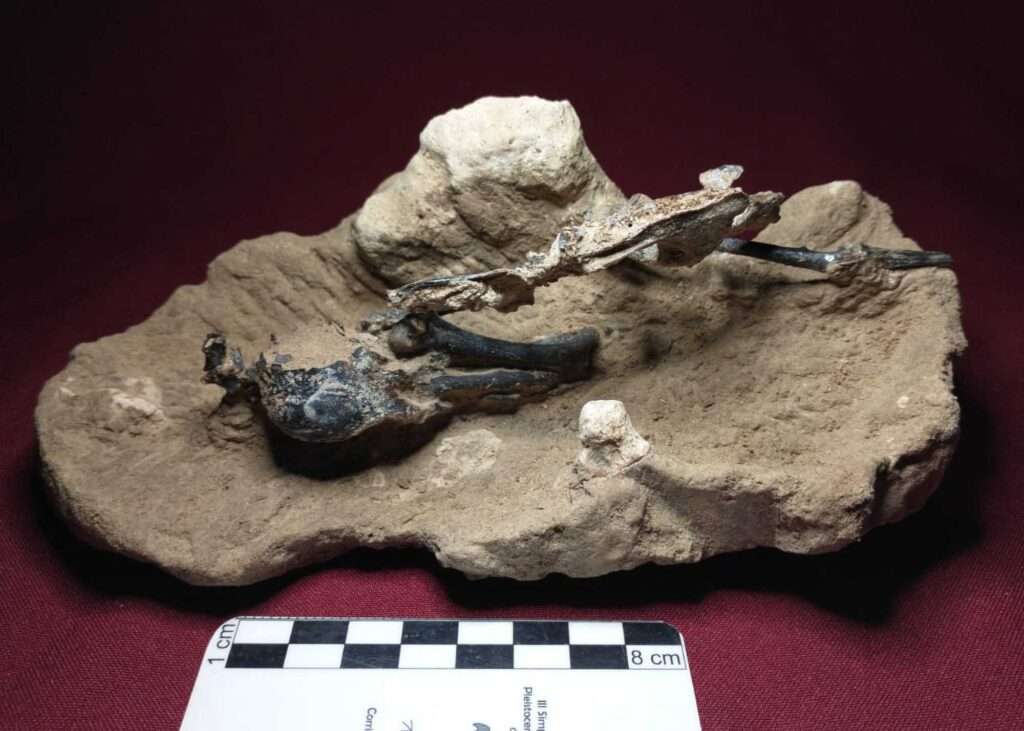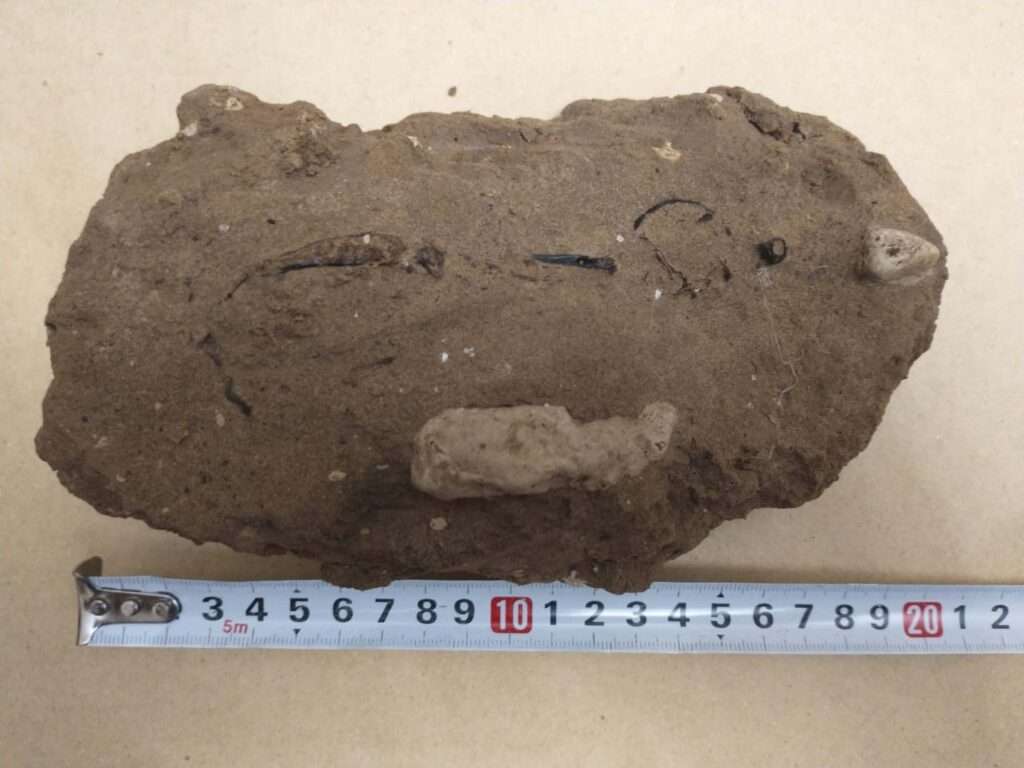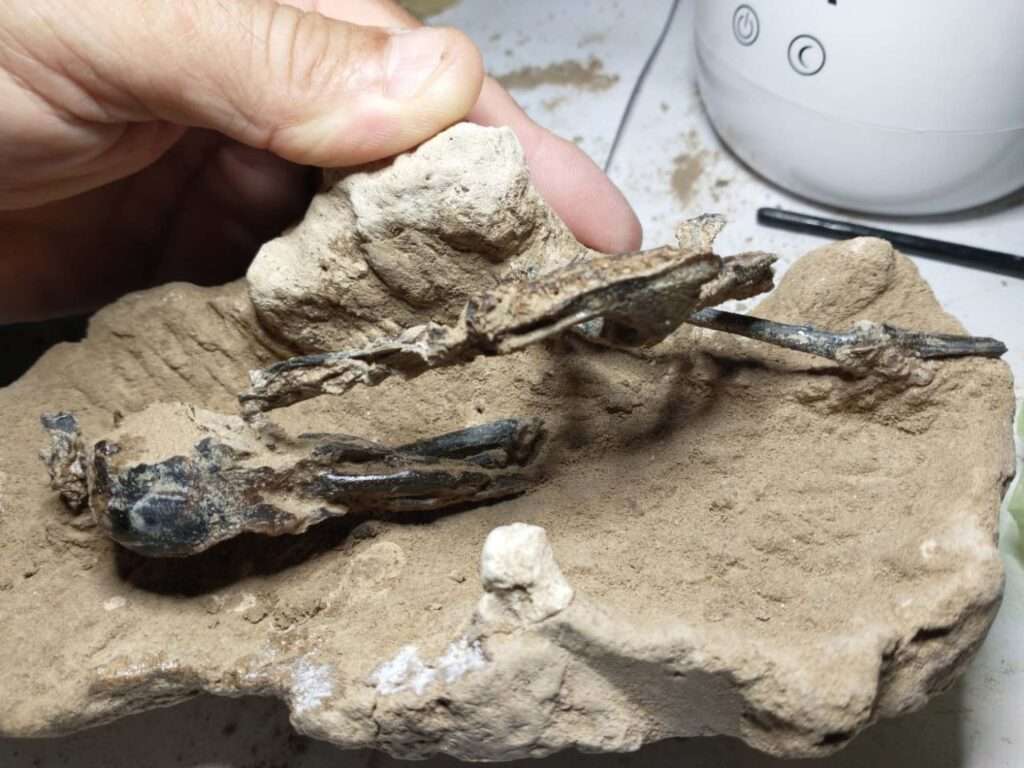A nearly complete fossil of a woodpecker dating back 200,000 years has been discovered in Argentina.
It was discovered in a sandstone quarry near San Pedro, about 170 kilometres (105 miles) north of the capital Buenos Aires.
The director of the San Pedro Palaeontological Museum, Jos Luis Aguilar, and Silvina Carro noticed its outline on a brown rocky ledge, leading to it being unearthed.
Newsflash obtained a statement from the Museo Paleontologico de San Pedro saying: “The Paleontological Museum of San Pedro has just discovered the most complete fossil woodpecker specimen in South America.

“The finding was made in a limestone quarry located about five kilometres east of the city. The site, owned by the Iglesias family’s company ‘Tosquera San Pedro,’ is a five-hectare excavation where layers up to a million years old can be accessed.”
The museum said that the discovery was made during a “routine outing”, adding: “As it is an active quarry, they cut out a small chunk of sediment containing the fragile fossilised bones and took it to the museum’s laboratory.
“The surprise was immense when the museum team began the initial cleaning tasks on the specimen and realized that inside that rock was a highly complete fossilized bird waiting to be uncovered.”
The museum said that the ancient animal was astonishingly well-preserved and has “a complete skull and jaws, humerus, carpometacarpus, femur, tibiotarsus with a fragment of fibula, pelvic girdle, synsacrum, scapula, ulna and radius, and three cervical vertebrae.”

Aguilar said: “The state of preservation of the specimen is astonishing. Its delicate parts have been preserved in fine silt that later turned into rock. We believe it is over 200,000 years old, as it was found in sediments deposited at the base of a geological age called Bonaerense.
“The fossil bones of the specimen were articulated in a life position, distributed in a small space measuring only 16 centimetres long by 4 centimetres wide; the skull and jaws turned backwards, its left arm contracted, and its hind leg elongated.
“The ulna shows the remigial canals or papillae where the flight feathers were inserted. We are very excited about this discovery as it provides a unique specimen for the study of this group of birds. Its skull and limbs will reveal data that will fill the existing gaps in the fossil record of these birds.”

To find out more about the author, editor or agency that supplied this story – please click below.
Story By: Joseph Golder, Sub-Editor: Michael Leidig, Agency: Newsflash
The Ananova page is created by and dedicated to professional, independent freelance journalists. It is a place for us to showcase our work. When our news is sold to our media partners, we will include the link here.




